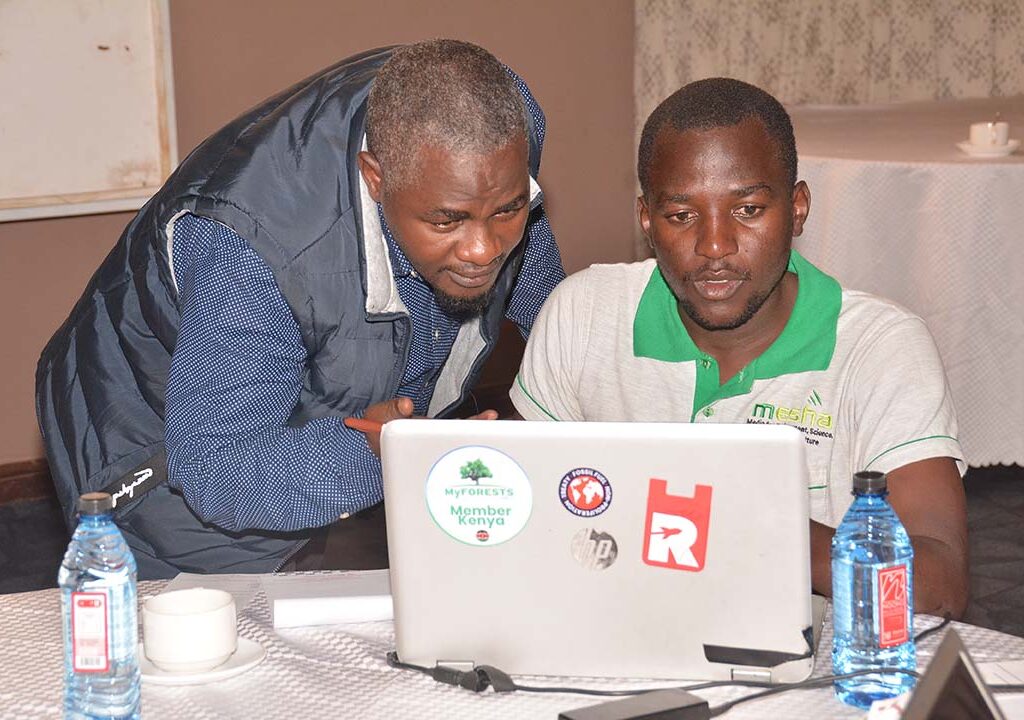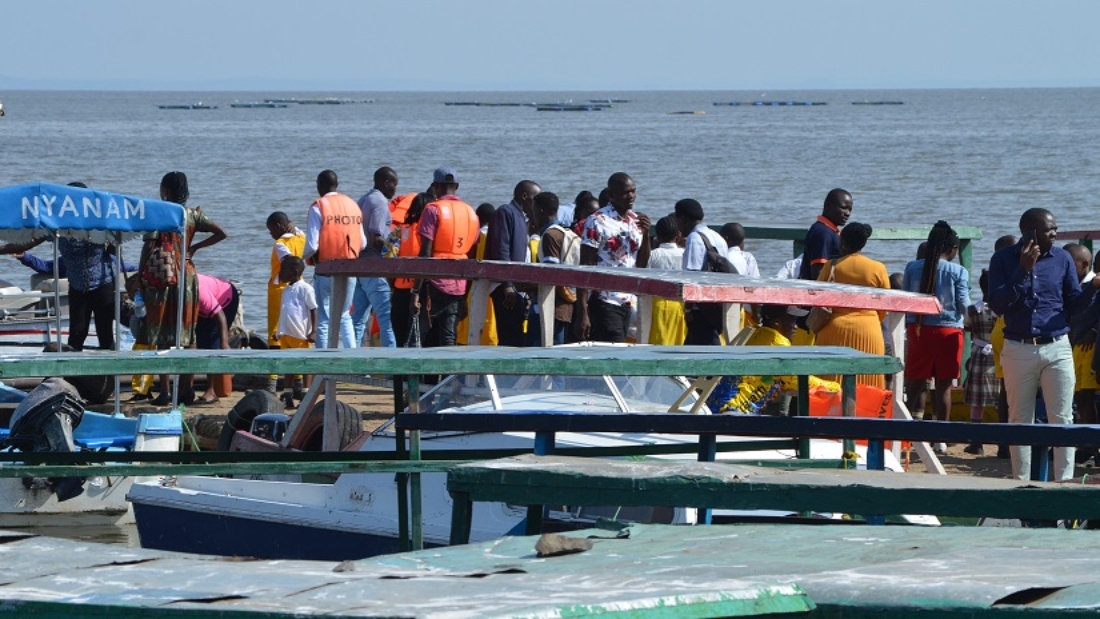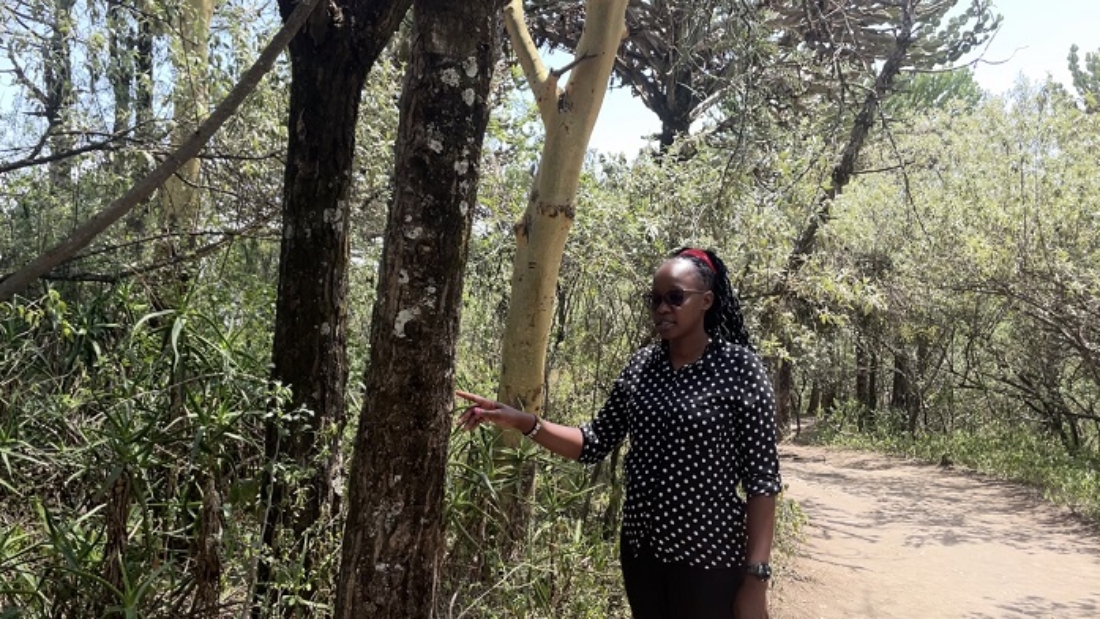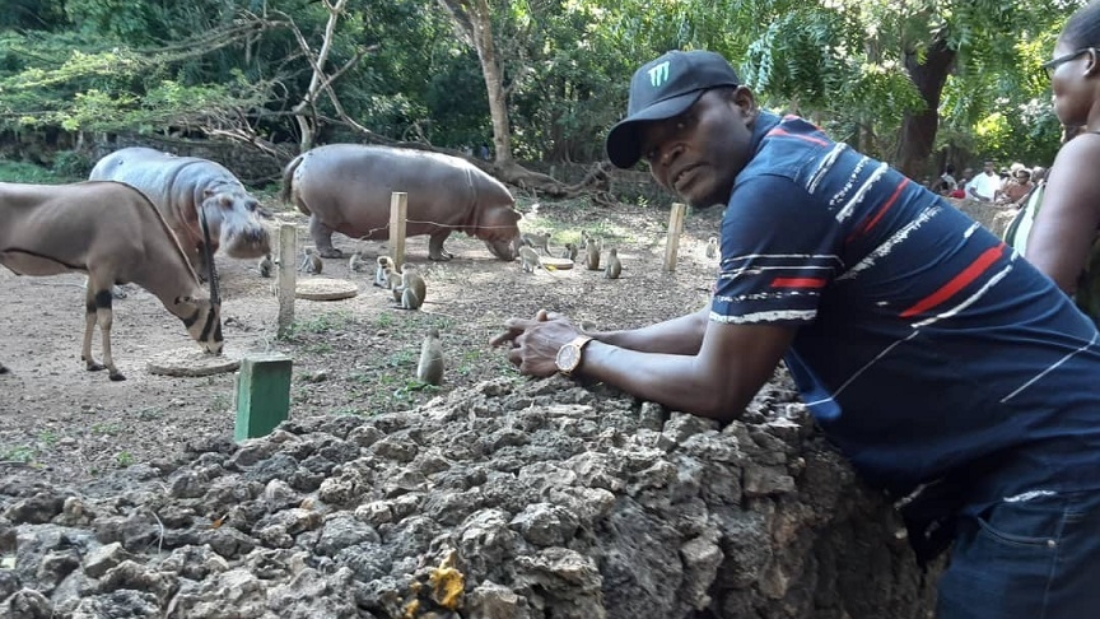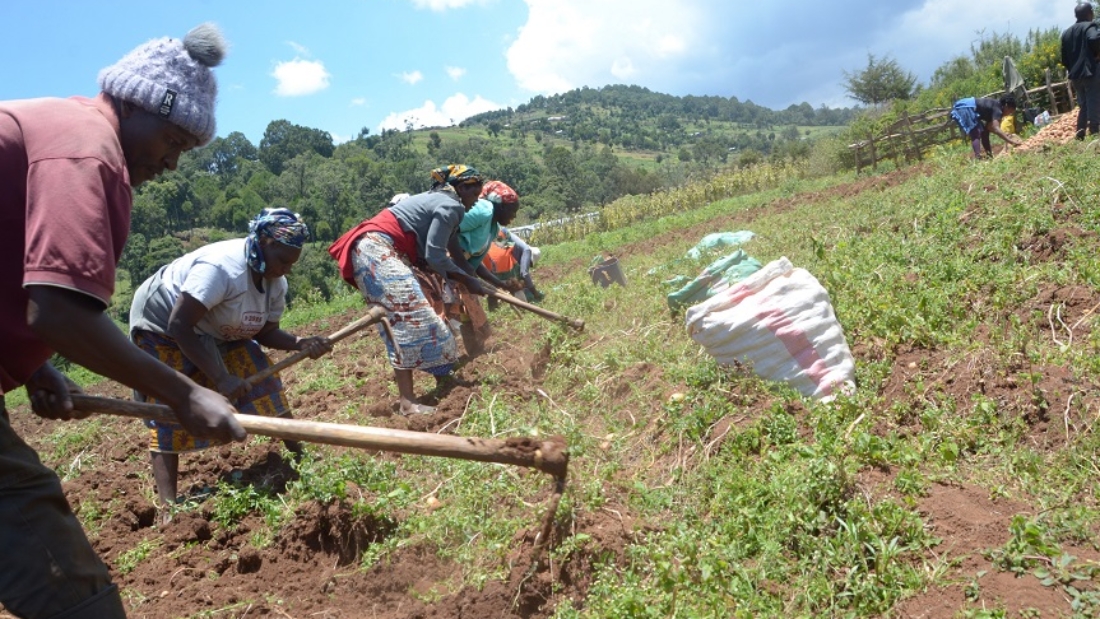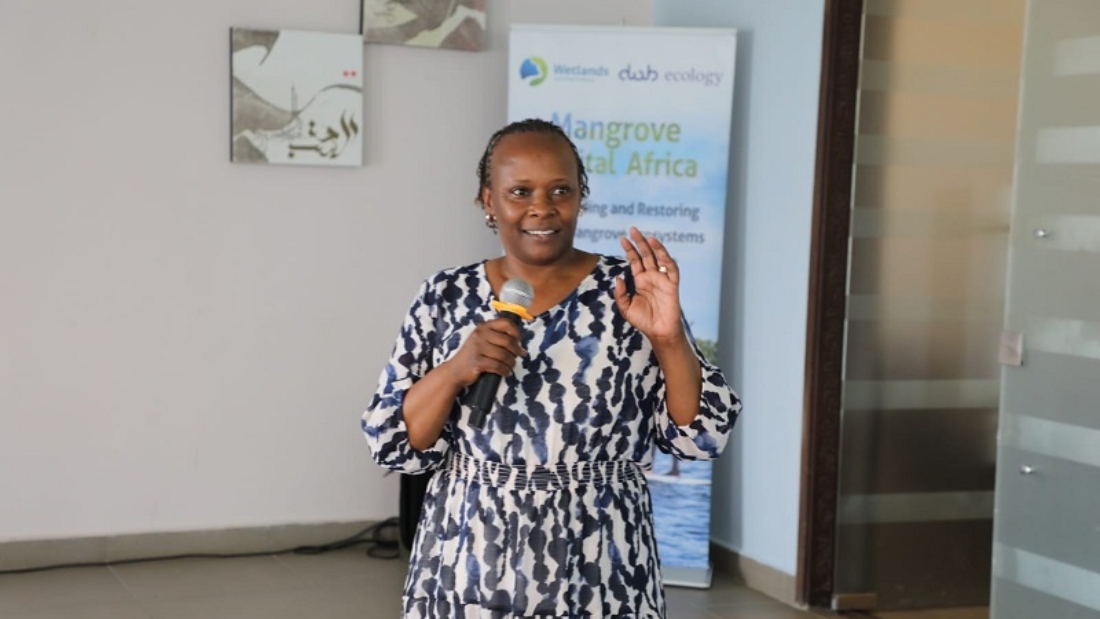By Joyce Chimbi – j.chimbi@gmail.com
Powered by the Indian Ocean, Kenya’s coastal region is a natural wonder of an exotic ecosystem of numerous beaches, coral reef and a variety of unique plant and animal species.
“We define the blue economy as an umbrella term for sectors such as fisheries, aquaculture and mariculture, marine tourism, offshore oil and gas, maritime transport and logistics, safety and security and maritime domain awareness,” says Raymond Mwashigadi, a maritime expert and independent consultant on blue economy.
In 2021, the Ministry of Tourism estimated the contribution of travel and tourism to GDP at 24 per cent. It said tourism employed over 1.6 million people, making it the second most significant sector after agriculture.
The coastal region is the backbone of Kenya’s domestic and foreign tourism, supporting millions of people directly and indirectly.






